Home>Furniture & Design>Interior Design Trends>What Is The Typical Margin On Home Decor Sales
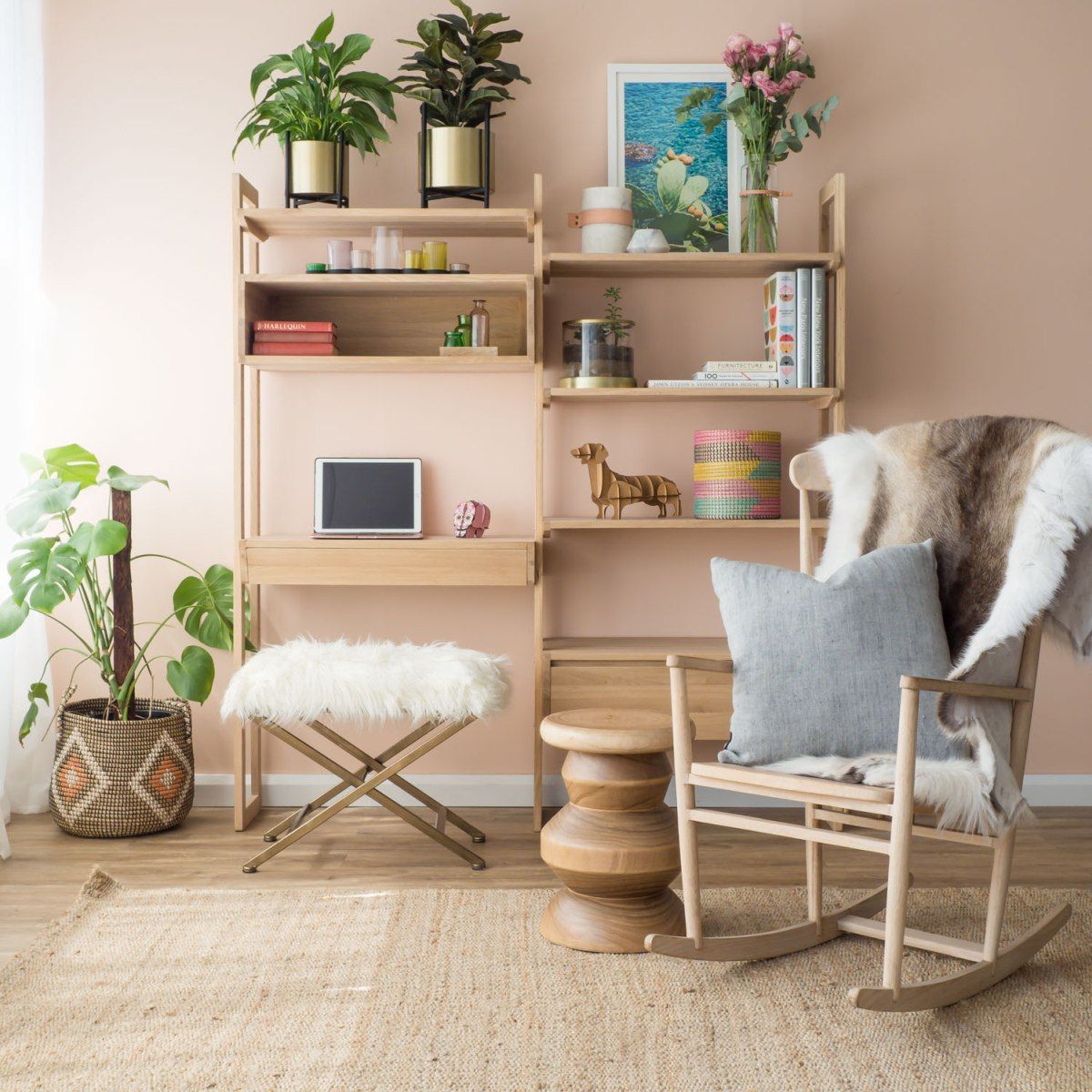

Interior Design Trends
What Is The Typical Margin On Home Decor Sales
Modified: January 4, 2024
Discover the typical margin on home decor sales and stay ahead of interior design trends with valuable insights and expert guidance. Explore the latest trends and maximize your profits today!
(Many of the links in this article redirect to a specific reviewed product. Your purchase of these products through affiliate links helps to generate commission for Storables.com, at no extra cost. Learn more)
Introduction
Welcome to the world of home decor, where creativity meets functionality, and personal style transforms living spaces into vibrant reflections of individuality. Whether you're a design enthusiast, a homeowner, or a professional in the interior design industry, understanding the dynamics of home decor sales margins is crucial for making informed decisions and maximizing profitability.
In the realm of home decor sales, margins play a pivotal role in determining the financial health of businesses and influencing pricing strategies. A comprehensive grasp of the typical margin on home decor sales empowers industry players to navigate market fluctuations, optimize pricing structures, and ultimately thrive in a competitive landscape.
Throughout this article, we will delve into the intricacies of home decor sales margins, exploring the factors that influence these margins, elucidating methods for calculating them, and presenting strategies for maximizing profitability. Whether you're a budding entrepreneur embarking on a home decor venture or a seasoned professional seeking to refine your business acumen, this exploration of home decor sales margins will equip you with valuable insights and actionable knowledge.
Join us as we unravel the nuances of home decor sales margins, uncovering the strategies that drive success in this dynamic and captivating industry.
Key Takeaways:
- Understanding home decor sales margins is crucial for businesses to gauge profitability, refine pricing strategies, and make informed decisions regarding product offerings in the dynamic industry.
- Maximizing home decor sales margins requires a multifaceted approach, including value-based pricing, strategic product mix, efficient inventory management, and customer education, to thrive amidst evolving trends and market dynamics.
Read more: When Does Target Home Decor Go On Sale
Understanding Home Decor Sales Margins
Home decor sales margins represent the difference between the cost of goods sold (COGS) and the selling price of home decor products. This fundamental metric serves as a barometer of profitability, offering a glimpse into the financial viability of businesses within the home decor industry. Understanding the dynamics of home decor sales margins is essential for gauging the health of a business, devising pricing strategies, and making informed decisions regarding product offerings.
Typically, home decor sales margins are expressed as a percentage, reflecting the portion of revenue that remains after accounting for the cost of the goods sold. For instance, if a home decor retailer sells a product for $100 and the COGS for that item amounts to $60, the gross margin would be 40% ($100 – $60 = $40, representing 40% of the selling price).
It’s important to note that home decor sales margins are influenced by various factors, including production costs, wholesale pricing, retail markups, and market demand. Additionally, consumer preferences, trends in interior design, and competitive landscapes contribute to the complexities of determining optimal sales margins in the home decor industry.
By comprehending the intricacies of home decor sales margins, industry professionals can gain valuable insights into the financial performance of their businesses, identify opportunities for growth, and adapt to evolving market dynamics. As we delve deeper into the nuances of home decor sales margins, we’ll explore the multifaceted factors that shape this critical aspect of the industry, shedding light on the strategies that drive success and profitability.
Factors Affecting Home Decor Sales Margins
Home decor sales margins are influenced by a myriad of factors that collectively shape the financial landscape of the industry. Understanding these influential elements is essential for businesses and entrepreneurs seeking to optimize profitability and navigate the complexities of the market. Let’s explore the key factors that affect home decor sales margins:
- Production Costs: The cost of producing home decor products, including materials, labor, and overhead expenses, directly impacts sales margins. Efficient sourcing, production processes, and cost management are instrumental in maintaining healthy margins.
- Wholesale Pricing: Home decor retailers often procure products from wholesalers. The pricing structure at this stage significantly influences the margins that retailers can achieve, as it forms the foundation for setting retail prices.
- Retail Markups: Retailers apply markups to wholesale prices to establish the selling prices of home decor products. The markup percentage directly affects the gross margins, with higher markups translating to increased profitability per sale.
- Market Demand and Trends: Consumer preferences, seasonal trends, and evolving design aesthetics impact the demand for specific home decor products. Aligning offerings with market demand is crucial for optimizing sales margins and minimizing inventory-related risks.
- Competition: The competitive landscape within the home decor industry influences pricing strategies and margin expectations. Businesses must assess and adapt to competitive pricing while differentiating their offerings to maintain favorable margins.
- Operational Efficiency: Streamlining operational processes, minimizing waste, and optimizing inventory management contribute to cost savings, directly bolstering sales margins.
- Economic Factors: Macroeconomic conditions, such as inflation, currency fluctuations, and consumer spending patterns, can impact production costs, pricing dynamics, and consumer purchasing power, subsequently affecting sales margins.
By recognizing and strategically addressing these factors, businesses can proactively manage their sales margins, adapt to market shifts, and position themselves for sustained success in the dynamic realm of home decor sales.
The typical margin on home decor sales can vary, but a good rule of thumb is to aim for a 50% margin. This means that the selling price should be at least double the cost of the item.
Calculating Home Decor Sales Margins
Calculating home decor sales margins is a fundamental aspect of financial management for businesses within the industry. This critical metric provides insights into the profitability of individual products, pricing strategies, and overall business performance. The process of calculating sales margins involves a straightforward formula and a comprehensive understanding of the cost components and selling prices. Here’s a step-by-step guide to calculating home decor sales margins:
- Determine the Cost of Goods Sold (COGS): Begin by identifying all costs directly associated with producing or acquiring home decor products. This includes material costs, labor expenses, overhead, and any additional expenses directly tied to the creation or procurement of the goods.
- Calculate Gross Profit: Subtract the COGS from the total revenue generated by the sale of home decor products. The resulting figure represents the gross profit, which is the initial indicator of profitability before factoring in other operating expenses.
- Compute Gross Margin Percentage: To express the gross profit as a percentage of the selling price, divide the gross profit by the total revenue and multiply by 100. This percentage reflects the portion of each sale that contributes to covering operating expenses and generating net profit.
For example, if a home decor retailer sells a product for $200, and the COGS for that item amounts to $120, the calculation would be as follows:
Gross Profit = $200 – $120 = $80
Gross Margin Percentage = ($80 / $200) * 100 = 40%
By consistently applying this calculation to individual products or product categories, businesses can gain insights into the relative profitability of their offerings, refine pricing strategies, and make informed decisions regarding inventory management and product development.
Moreover, understanding the nuances of calculating sales margins empowers businesses to adapt to market dynamics, optimize pricing structures, and strategically position themselves for sustained growth and profitability in the competitive landscape of home decor sales.
Strategies for Maximizing Home Decor Sales Margins
Maximizing sales margins is a cornerstone of sustainable profitability for businesses in the home decor industry. Implementing effective strategies to enhance margins requires a multifaceted approach that encompasses pricing tactics, operational efficiencies, and market responsiveness. Here are key strategies for maximizing home decor sales margins:
- Value-Based Pricing: Emphasize the value and unique attributes of home decor products to justify premium pricing. Highlighting craftsmanship, quality materials, and distinctive design elements can support higher price points, contributing to improved margins.
- Strategic Product Mix: Curate a product mix that balances high-margin items with complementary, lower-cost products. This approach optimizes overall margins while offering a diverse range of options to customers.
- Supplier Negotiations: Engage in proactive negotiations with suppliers to secure favorable pricing terms, volume discounts, or exclusive arrangements, enabling businesses to improve cost structures and enhance margins.
- Efficient Inventory Management: Implement robust inventory management practices to minimize carrying costs, reduce stockouts, and optimize stock levels. This approach mitigates the risk of excess inventory, preserving margins and streamlining operations.
- Dynamic Pricing Strategies: Utilize dynamic pricing models that adapt to demand fluctuations, seasonal trends, and competitive dynamics. Implementing flexible pricing strategies allows businesses to capture optimal margins while remaining responsive to market conditions.
- Operational Streamlining: Continuously evaluate operational processes to identify opportunities for streamlining, cost reduction, and efficiency improvements. Eliminating waste and optimizing workflows directly contributes to improved margins.
- Customer Education: Educate customers about the value, craftsmanship, and unique aspects of home decor products. Communicating the story behind the products can justify pricing and foster customer appreciation, supporting margin optimization.
- Data-Driven Decision Making: Leverage data analytics and sales insights to identify high-performing products, pricing trends, and customer preferences. Informed decision making based on data empowers businesses to optimize margins and capitalize on lucrative opportunities.
By integrating these strategies into their business operations, home decor retailers and industry professionals can cultivate resilient pricing structures, capitalize on market opportunities, and fortify their positions in the competitive landscape. Maximizing home decor sales margins is an ongoing endeavor that demands strategic foresight, adaptability, and a commitment to delivering exceptional value to customers while optimizing financial performance.
Conclusion
The world of home decor sales is a vibrant tapestry of creativity, craftsmanship, and entrepreneurial acumen. Understanding and optimizing sales margins is a linchpin of success in this dynamic industry, empowering businesses to thrive amidst evolving trends and market dynamics. As we conclude our exploration of home decor sales margins, it’s evident that a nuanced understanding of pricing strategies, cost dynamics, and market influences is essential for achieving sustainable profitability and growth.
By comprehending the factors that influence sales margins, businesses can strategically navigate pricing decisions, supplier relationships, and inventory management to enhance their financial performance. The calculation of sales margins serves as a compass for businesses, guiding them toward informed pricing strategies, product development initiatives, and operational efficiencies.
Maximizing home decor sales margins necessitates a holistic approach that encompasses value-based pricing, strategic product assortments, operational efficiencies, and market-responsive pricing tactics. Proactive engagement with suppliers, dynamic pricing strategies, and customer education further contribute to margin optimization, fostering resilience and competitiveness in the industry.
As businesses in the home decor sector embrace these strategies, they position themselves to not only thrive financially but also to deliver exceptional value and experiences to their customers. The interplay of creativity, business acumen, and market insights converges to define the success of home decor ventures, with optimized sales margins serving as a testament to astute management and a deep understanding of customer needs.
In the ever-evolving landscape of home decor sales, the pursuit of maximizing margins is an ongoing journey, calling for adaptability, innovation, and a commitment to delivering unparalleled quality and value. By embracing these principles, businesses can chart a course toward sustained success, enriching living spaces and inspiring individuals with the transformative power of exceptional home decor.
Frequently Asked Questions about What Is The Typical Margin On Home Decor Sales
Was this page helpful?
At Storables.com, we guarantee accurate and reliable information. Our content, validated by Expert Board Contributors, is crafted following stringent Editorial Policies. We're committed to providing you with well-researched, expert-backed insights for all your informational needs.
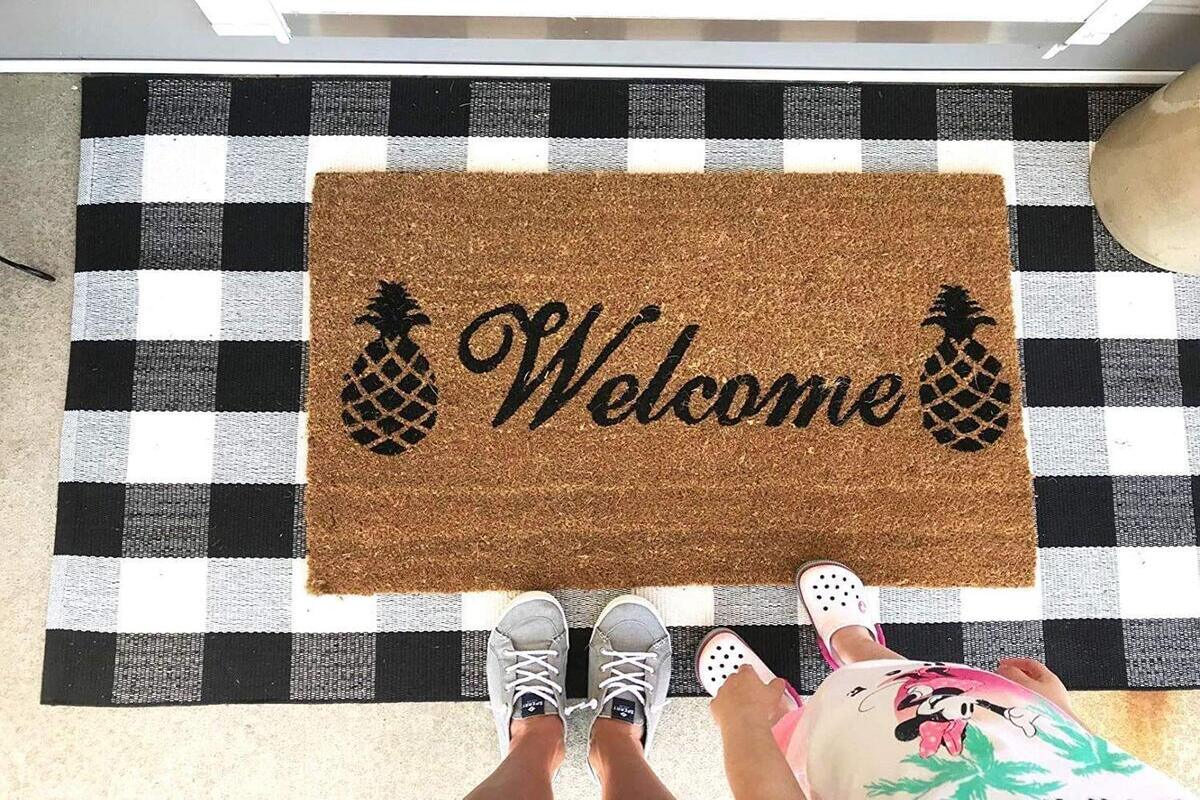


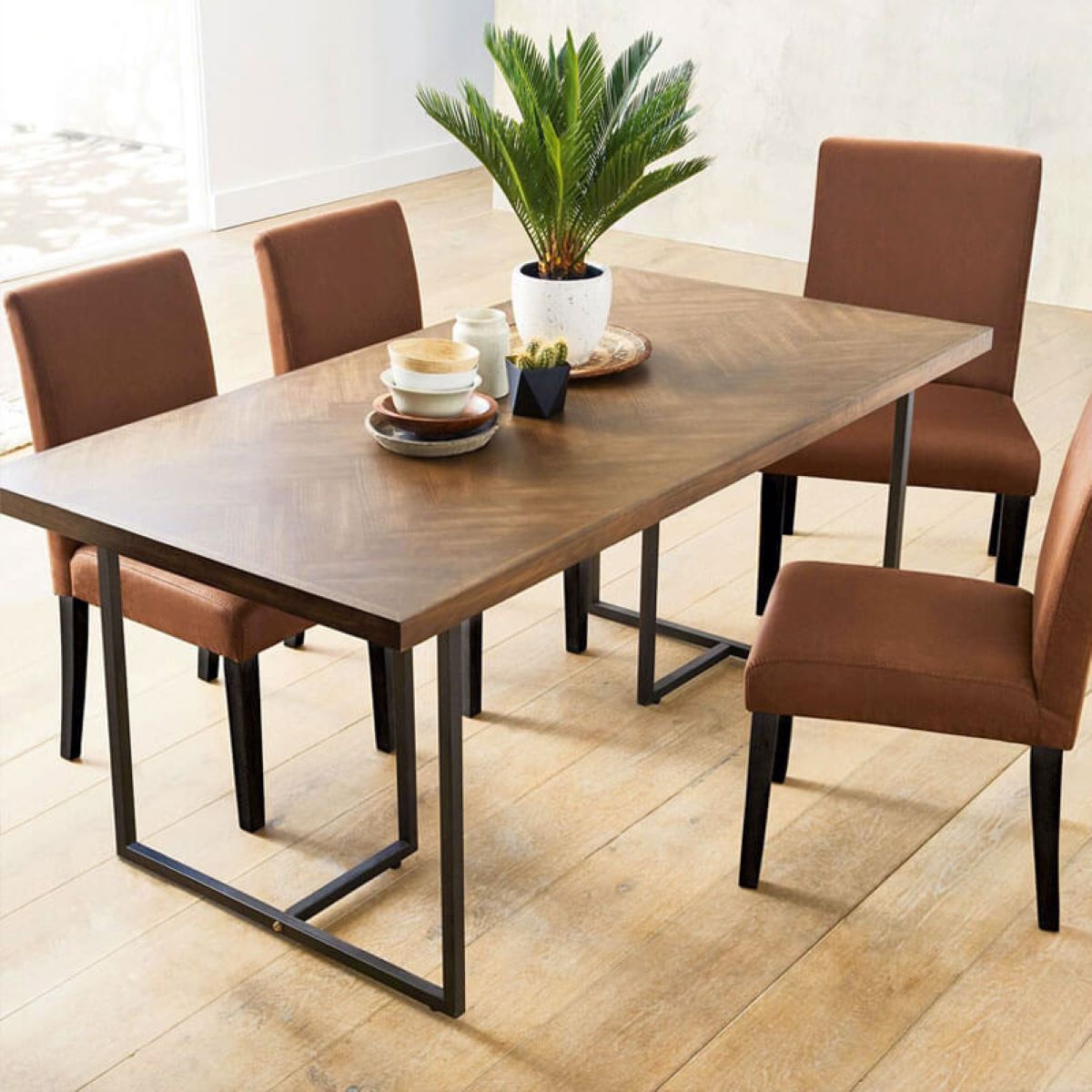
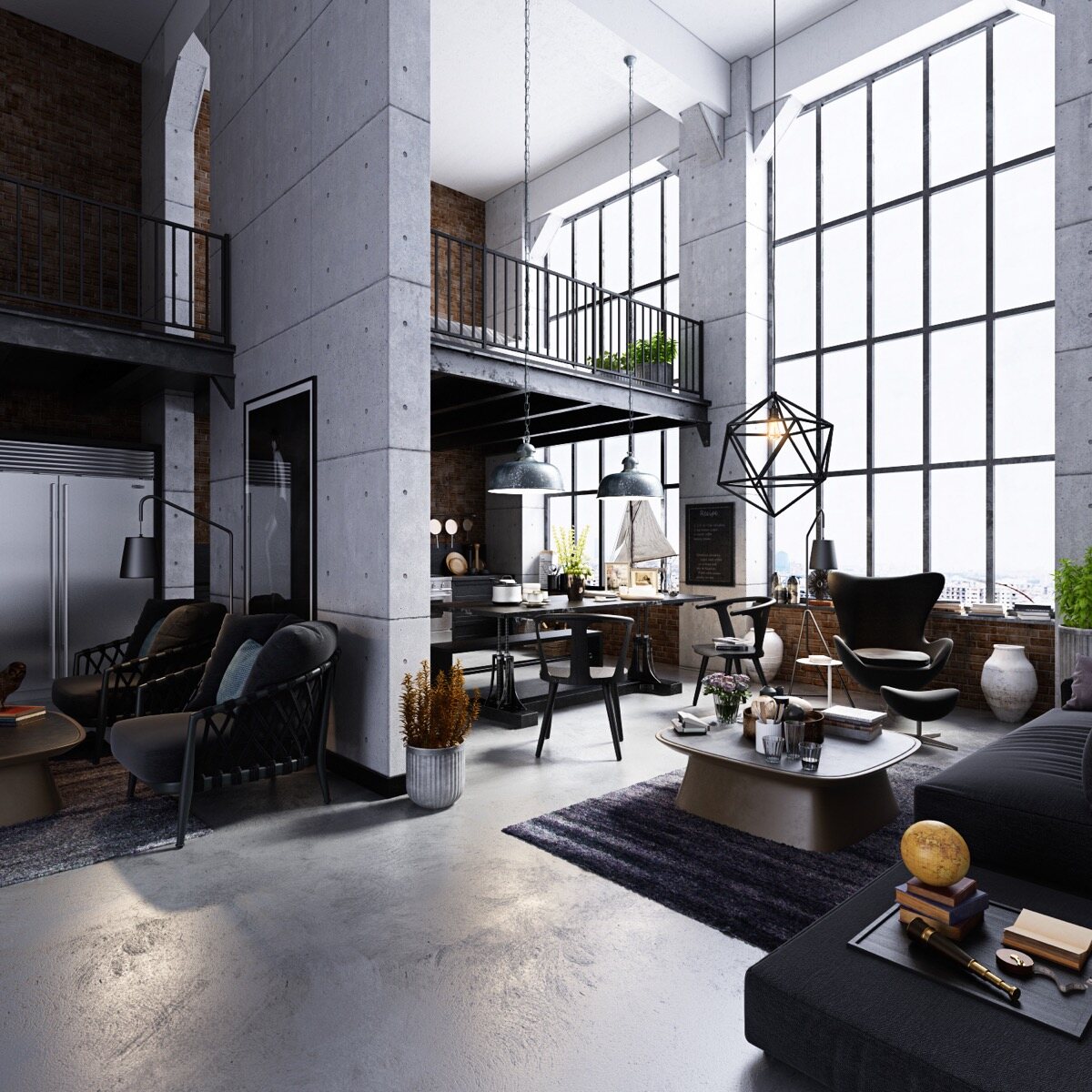
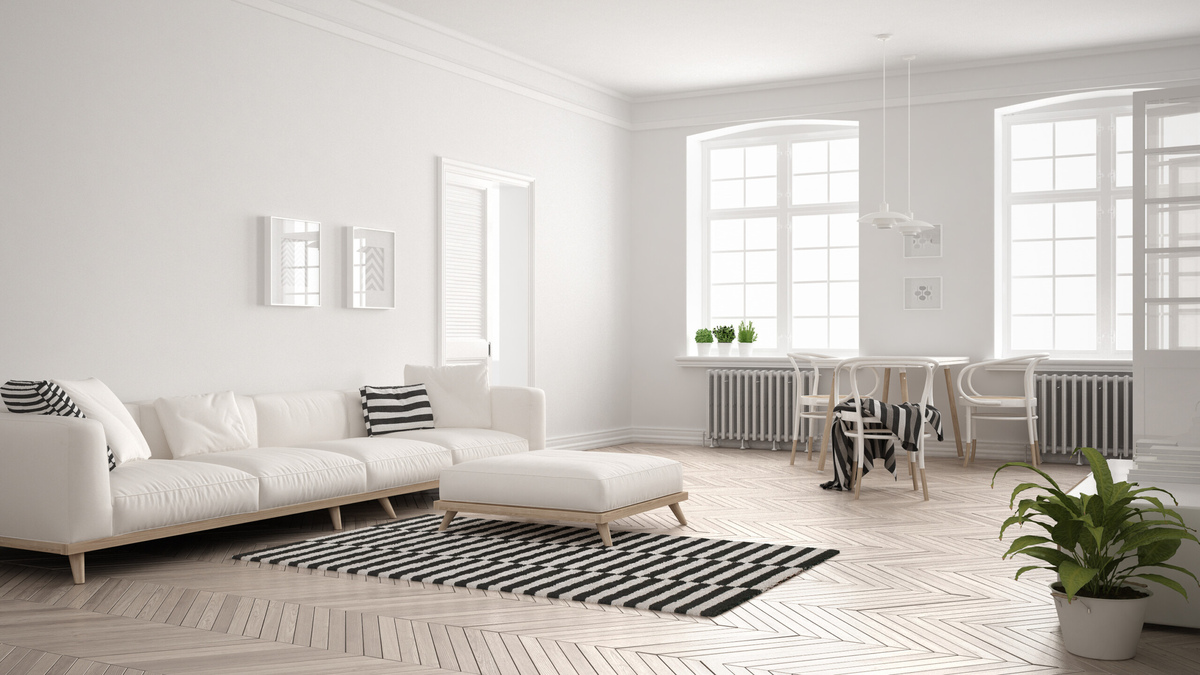
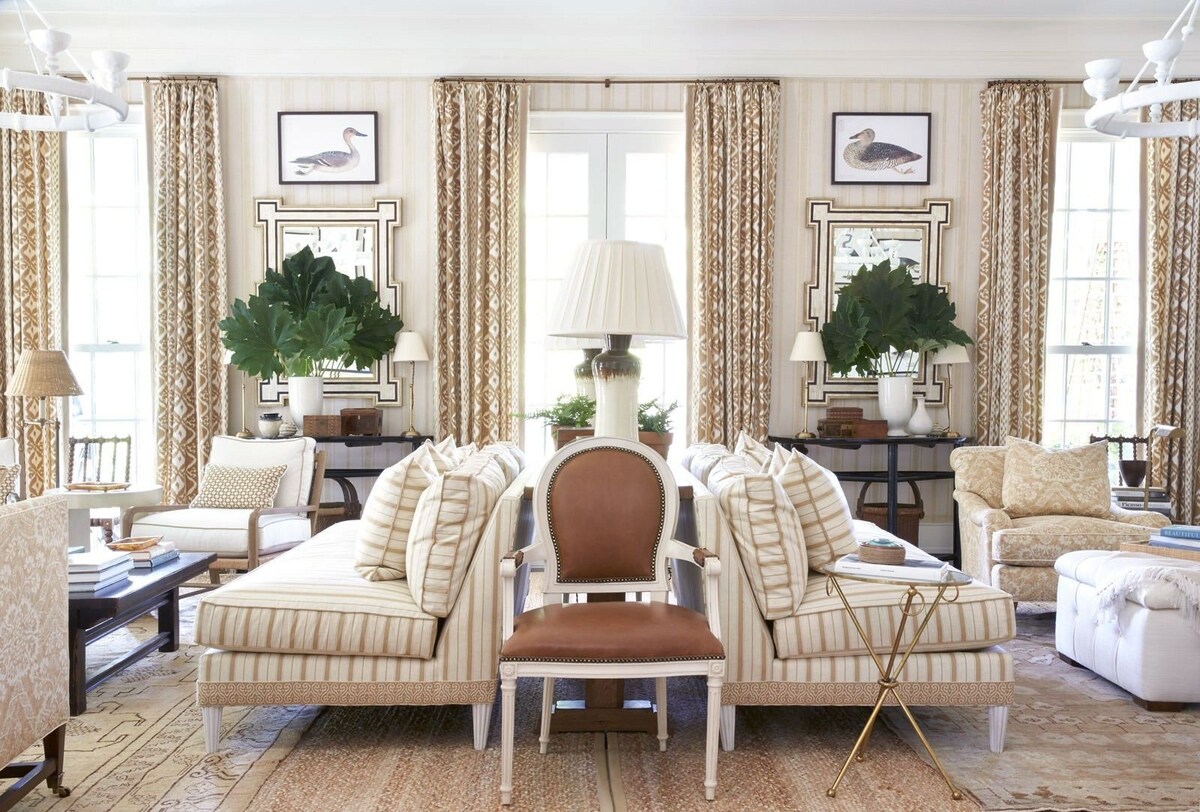
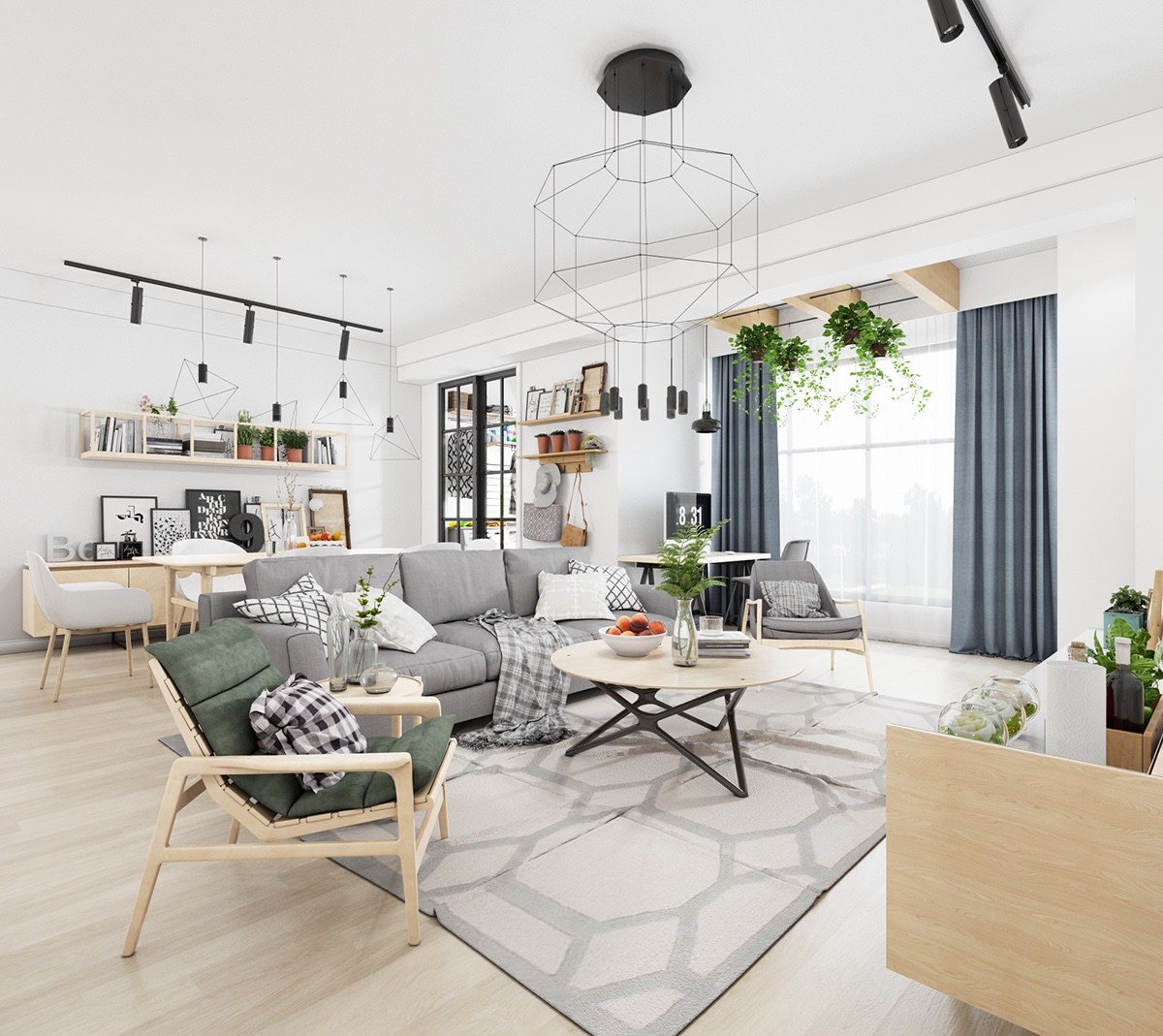
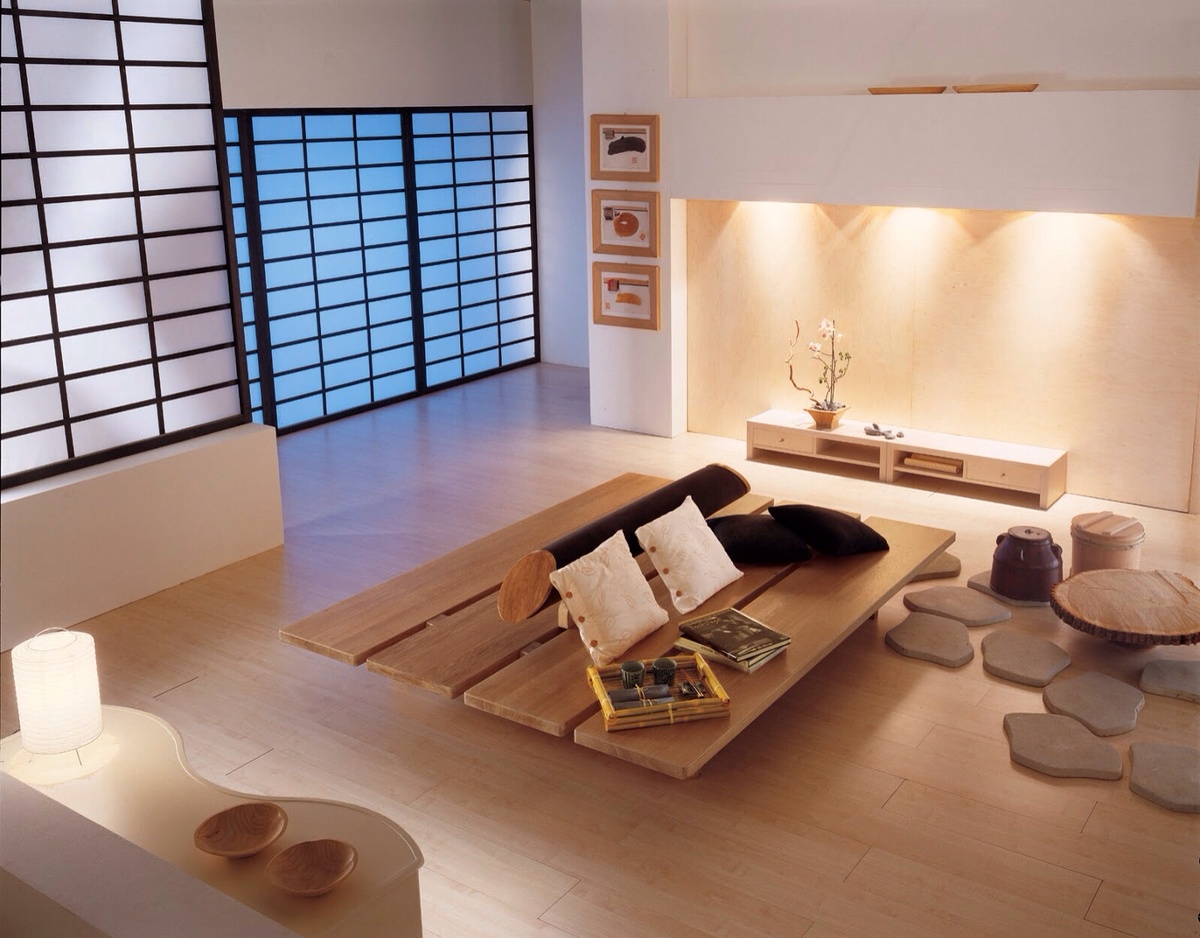
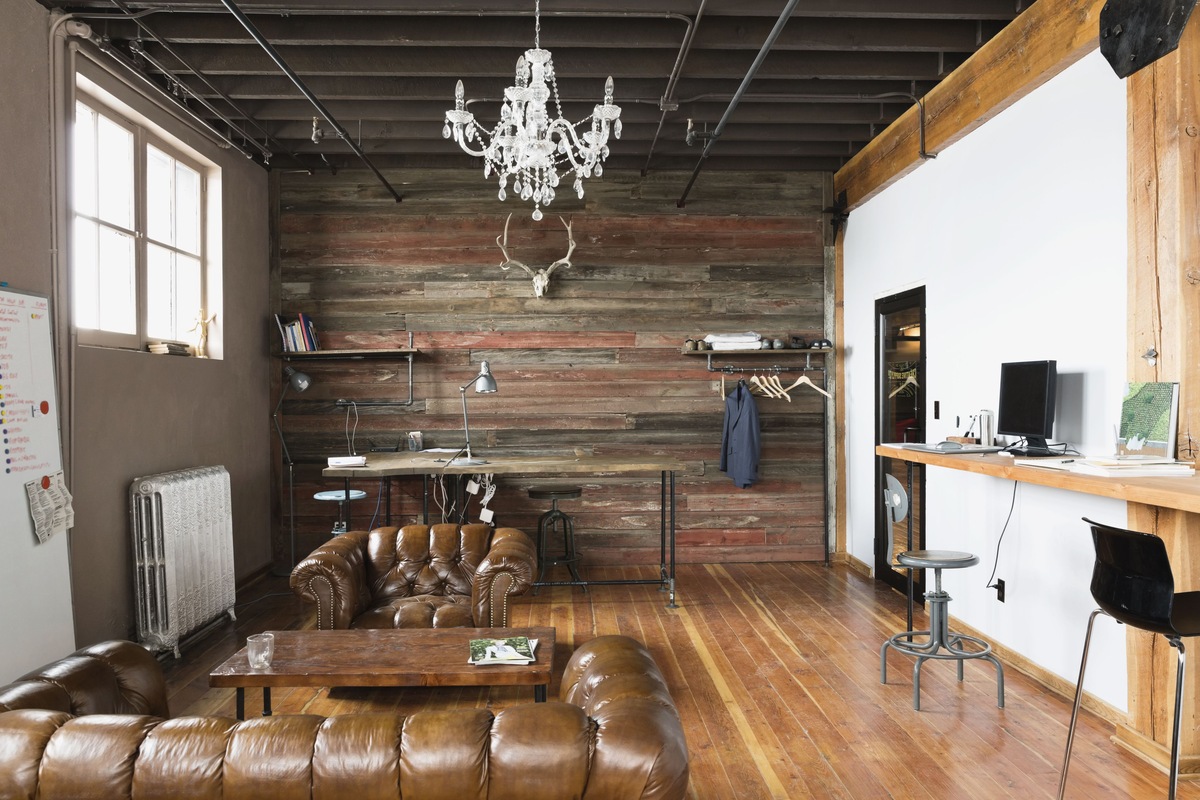
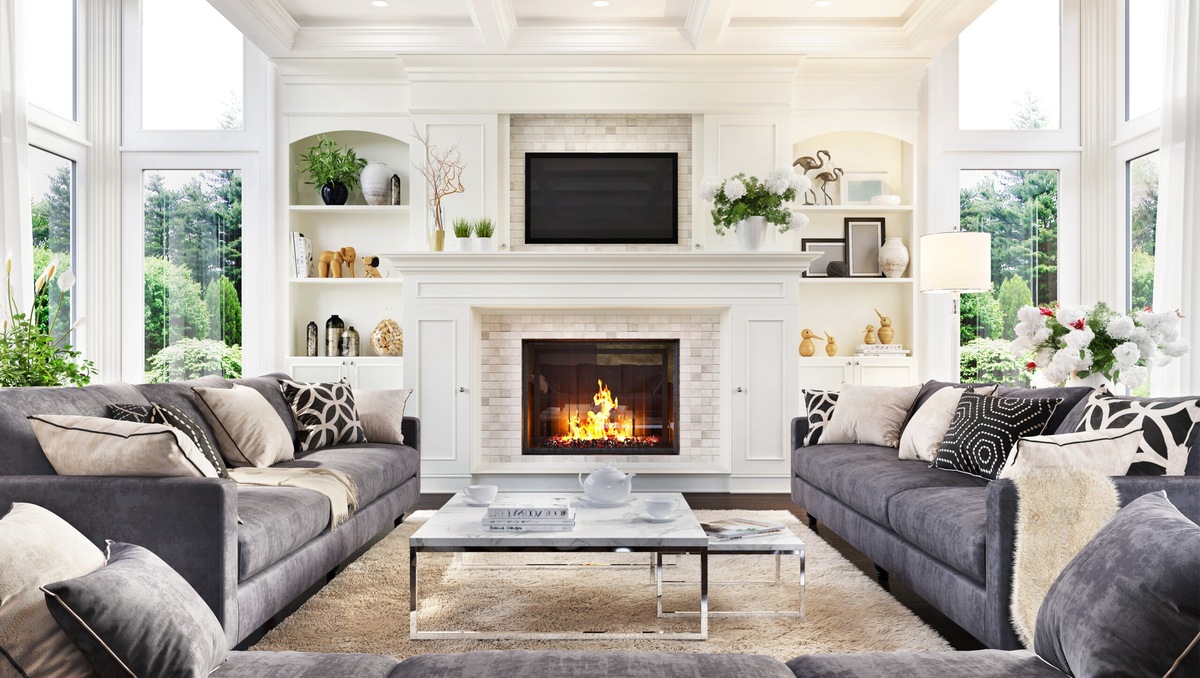
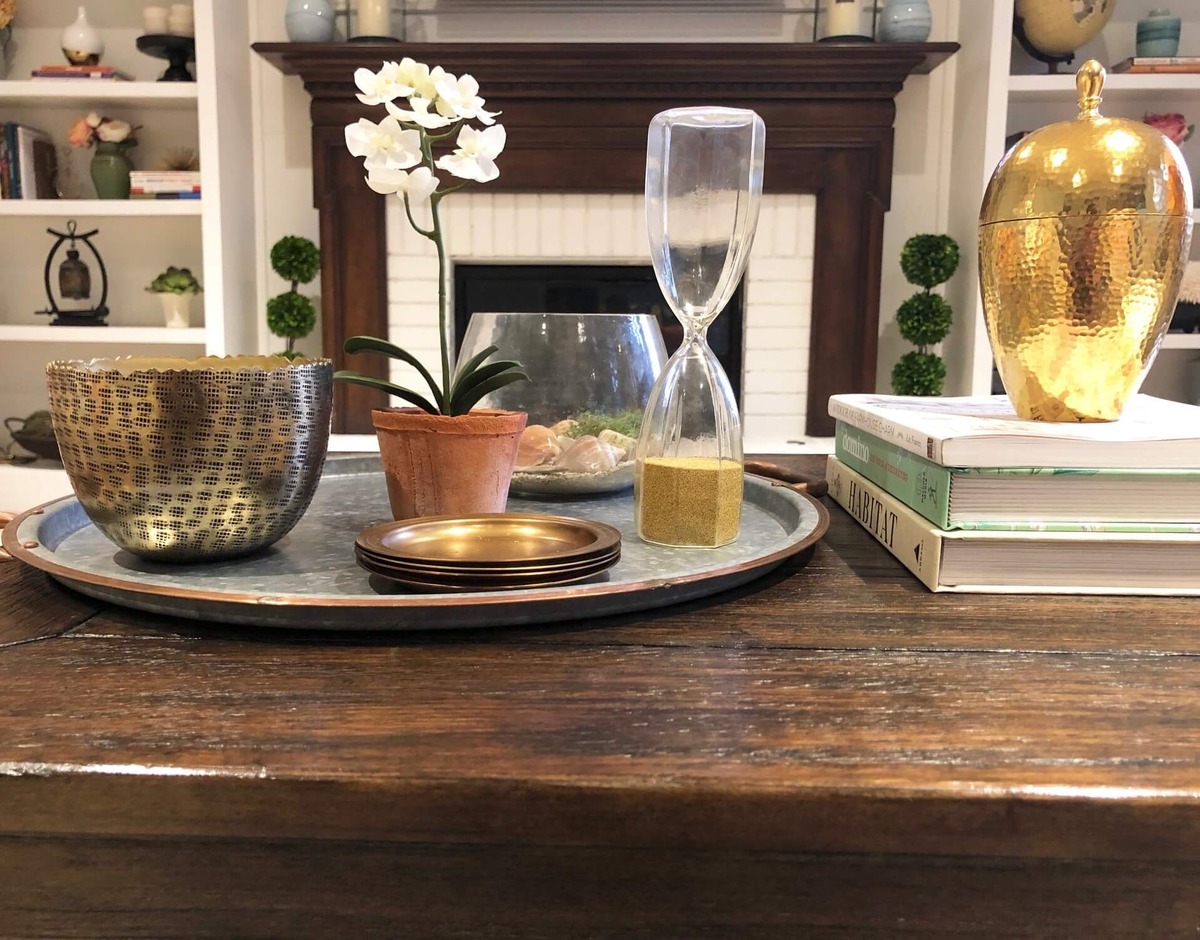
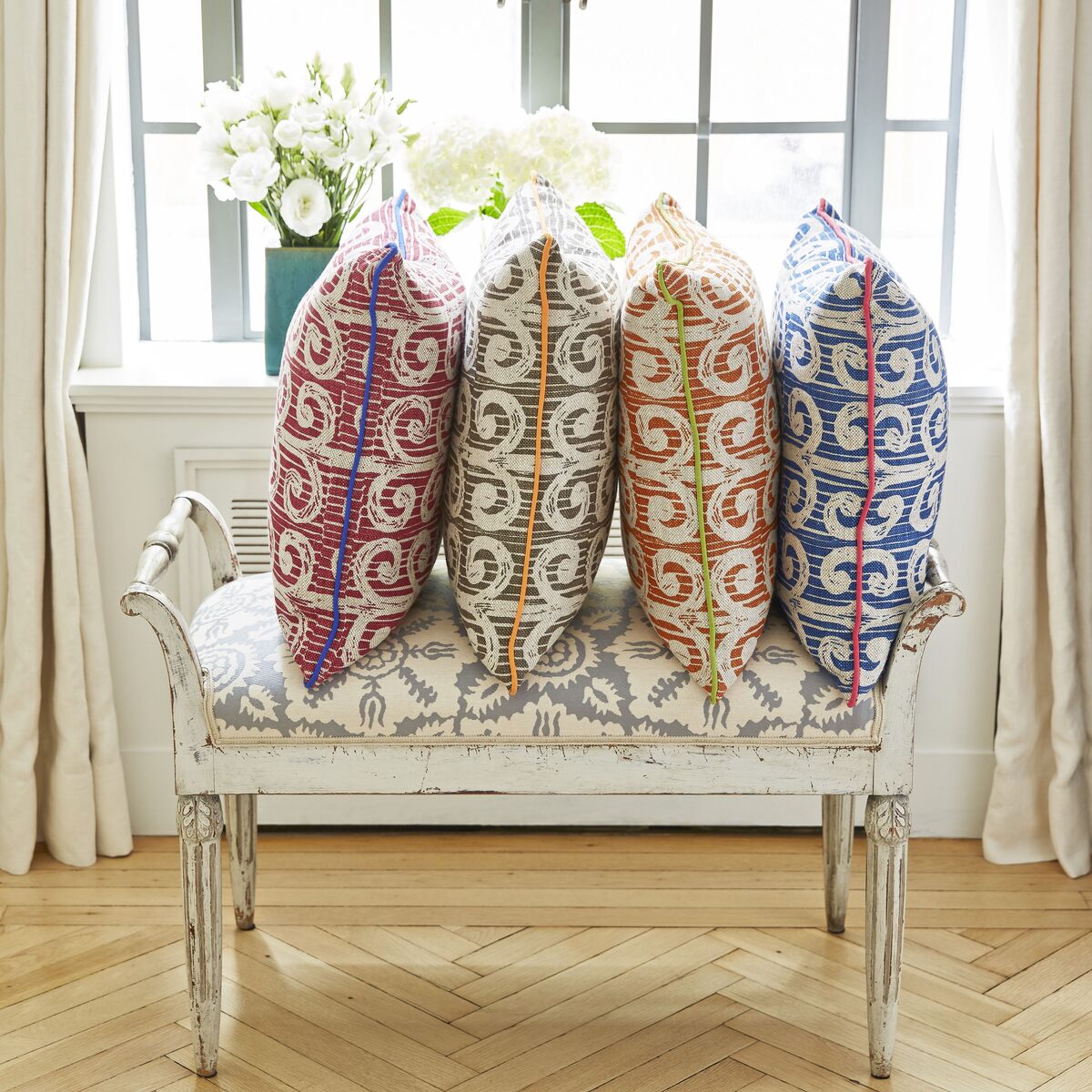
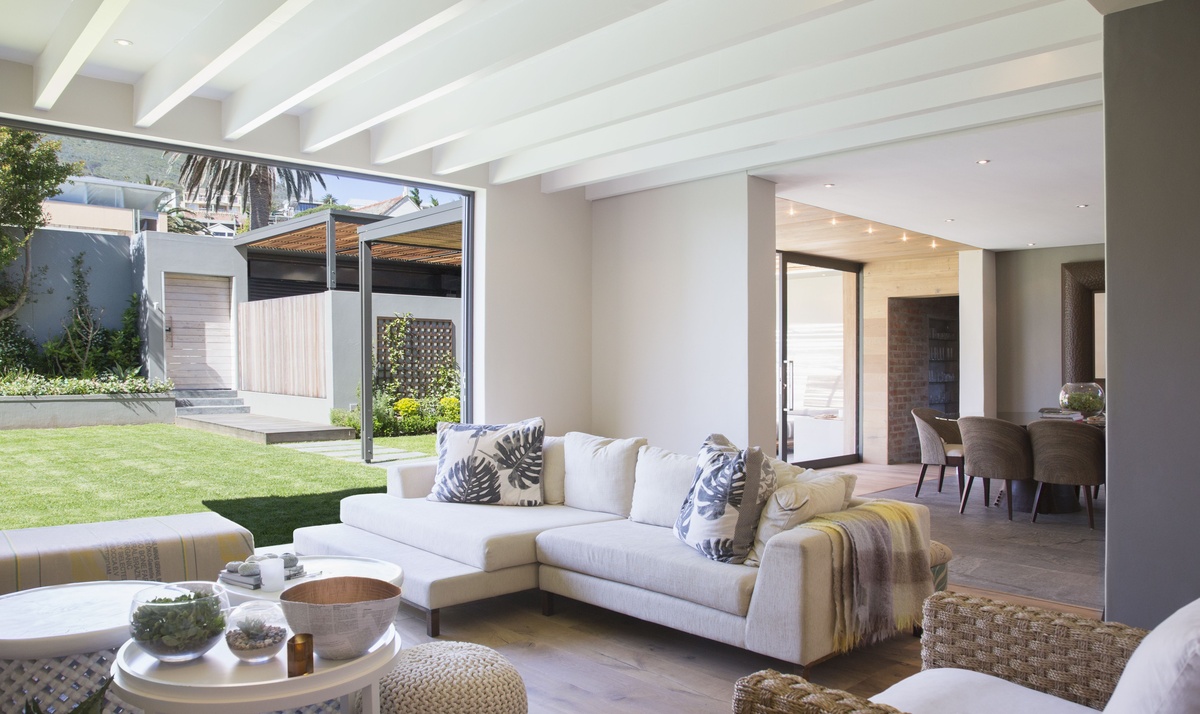

0 thoughts on “What Is The Typical Margin On Home Decor Sales”